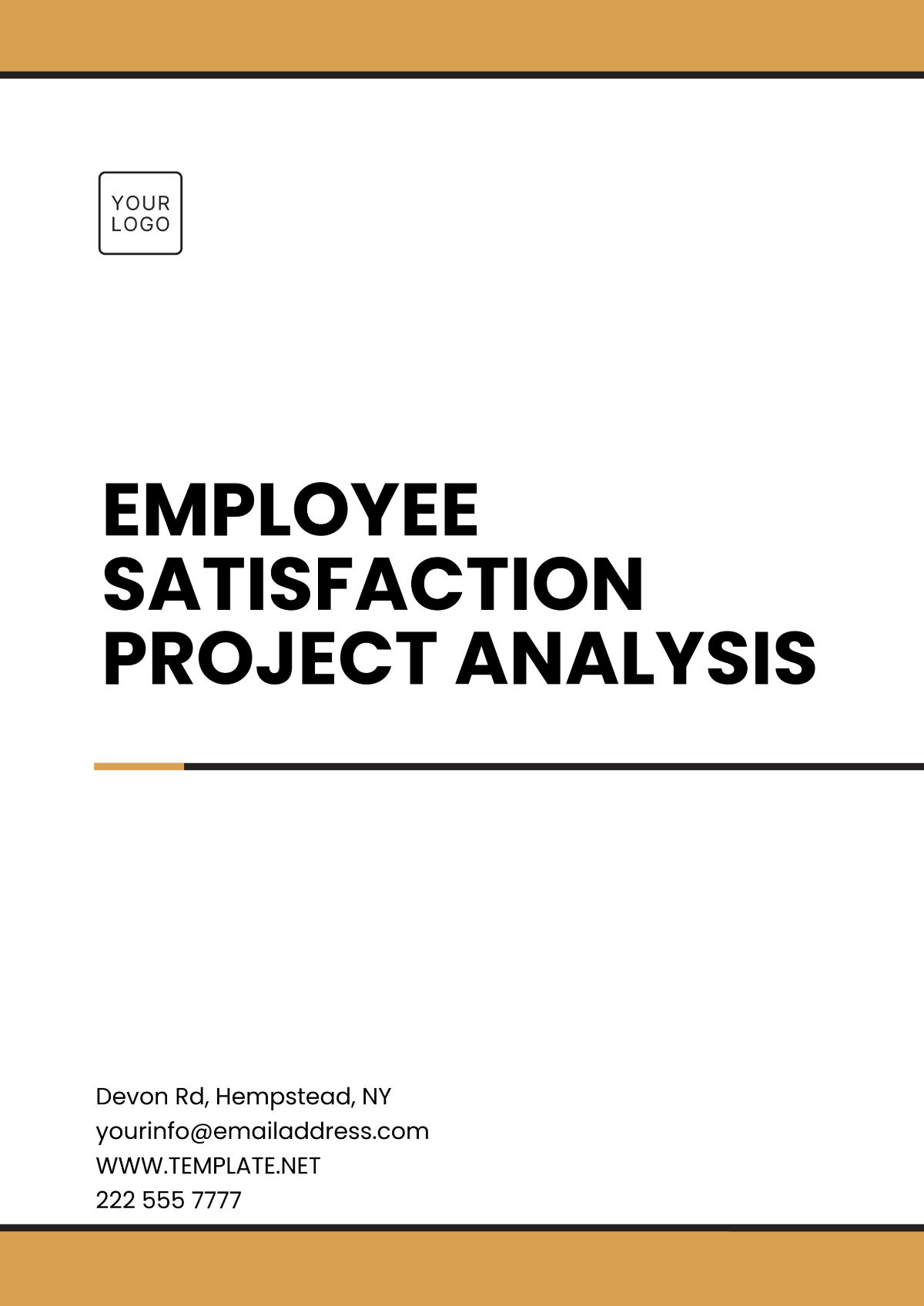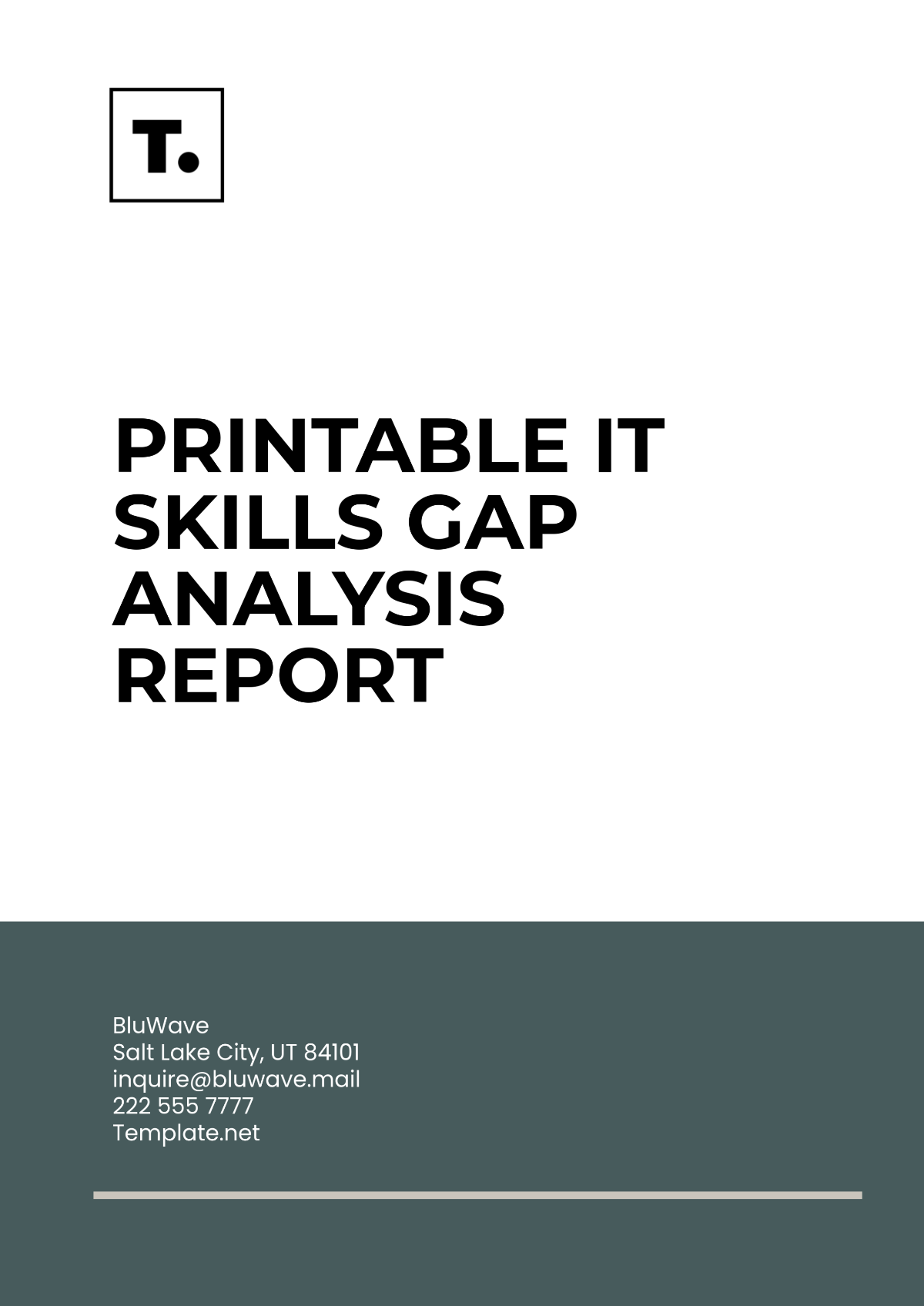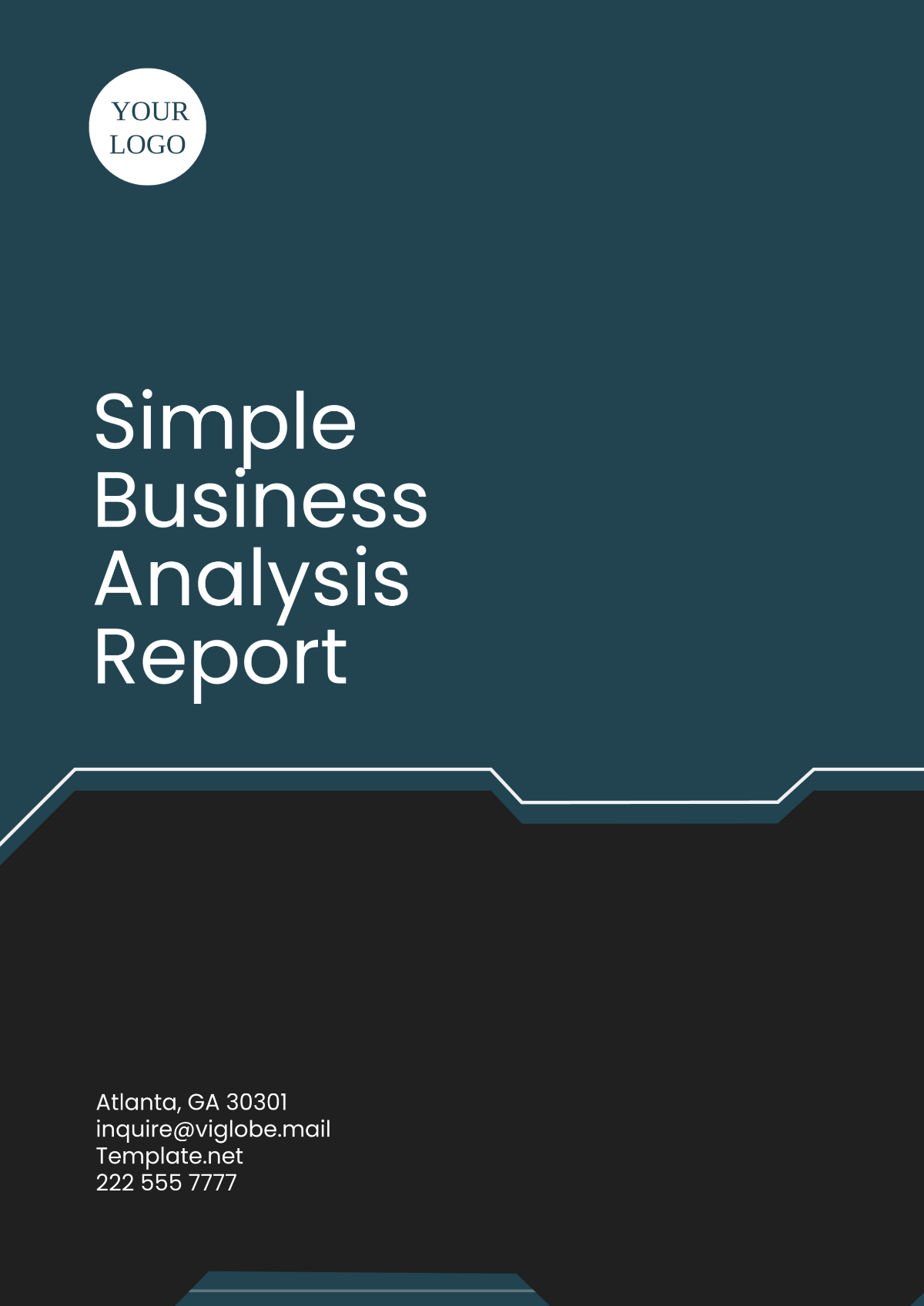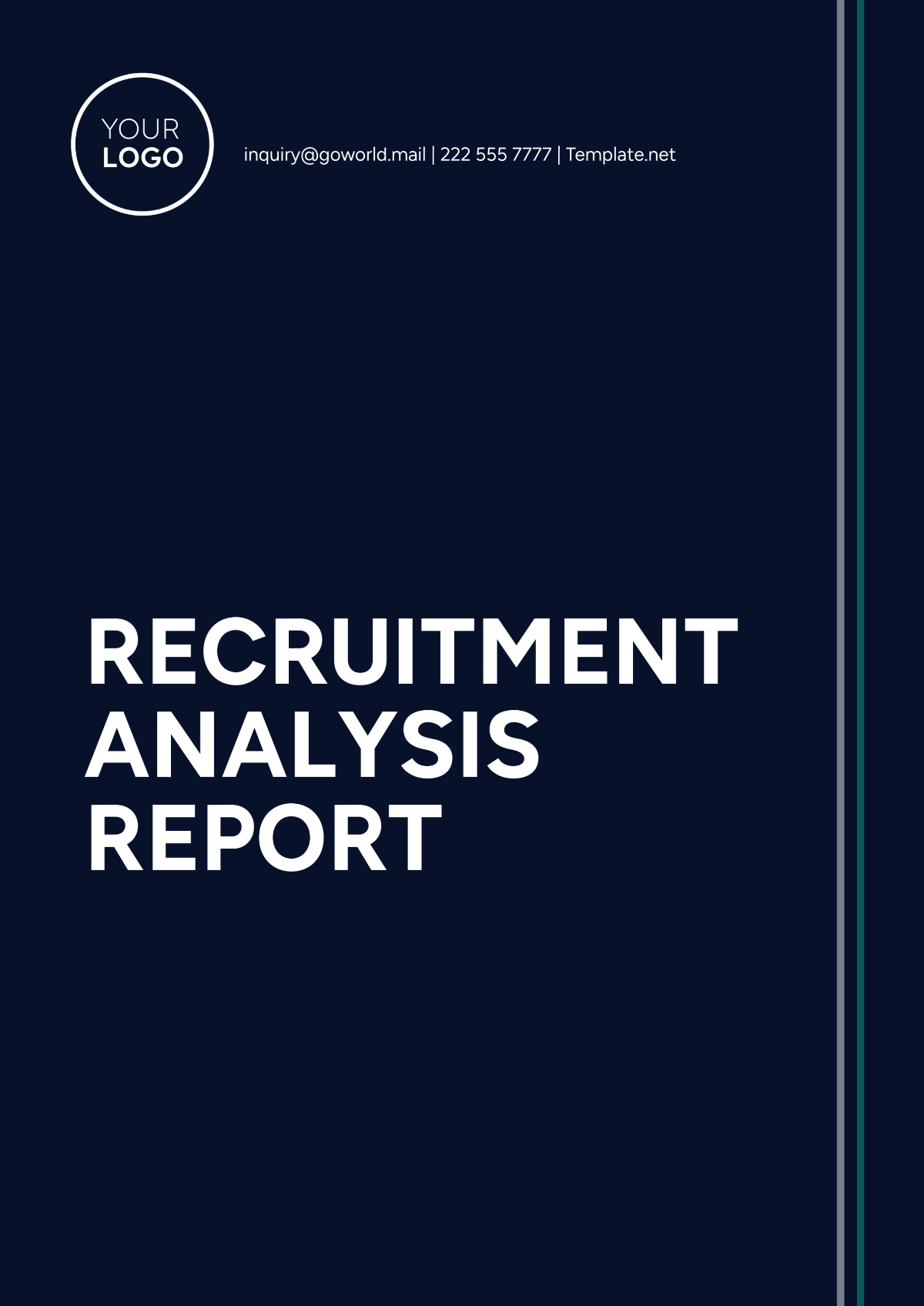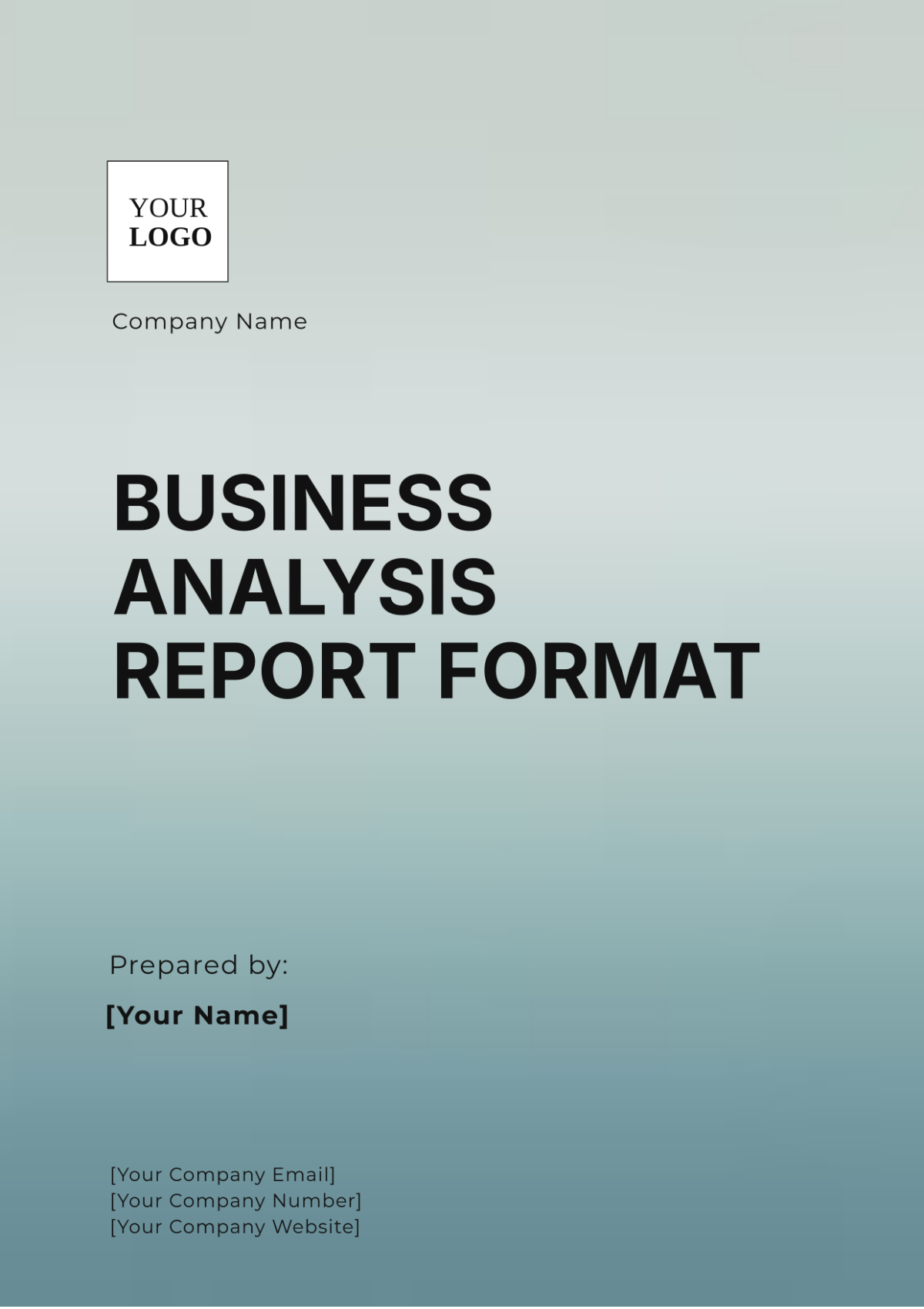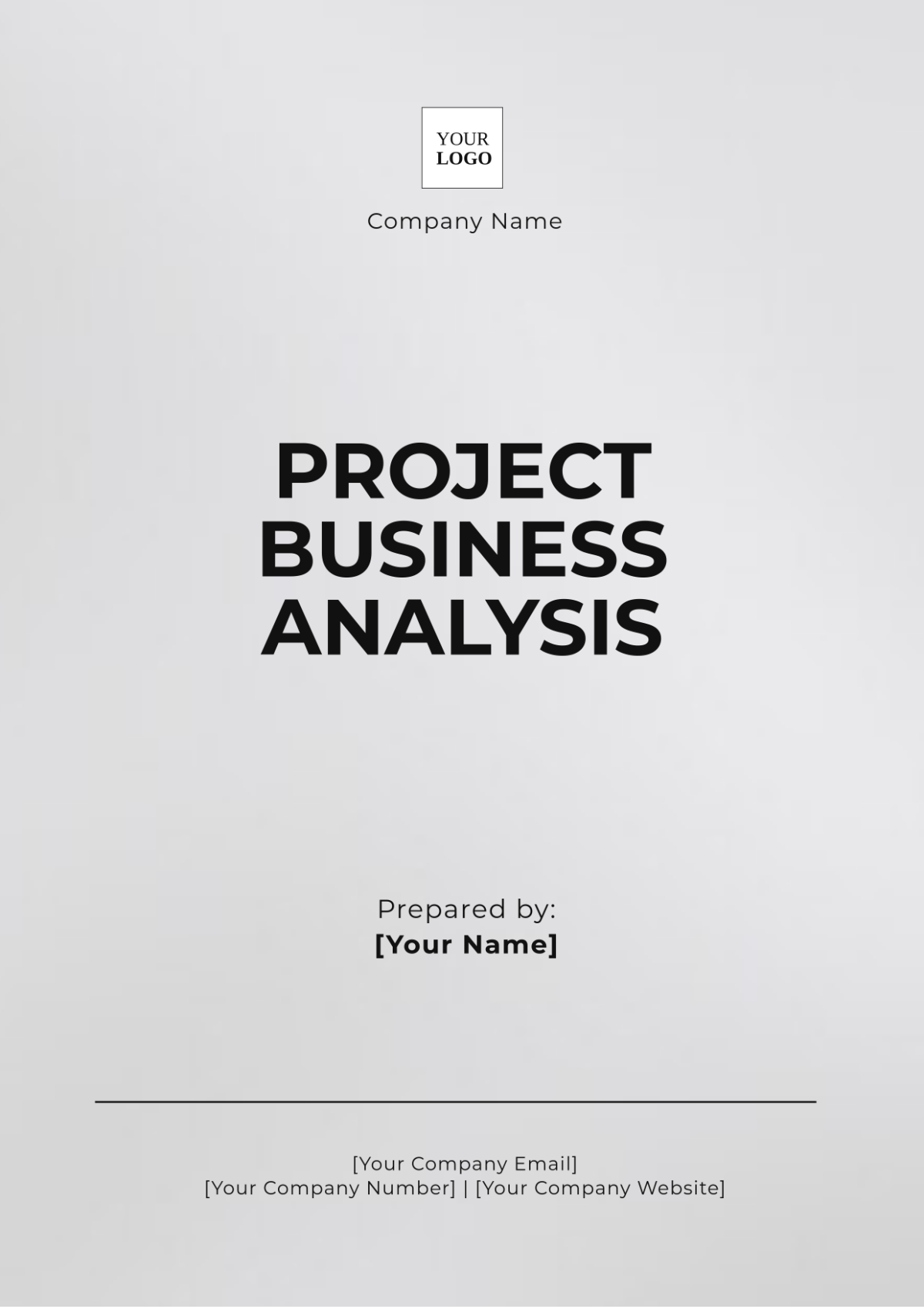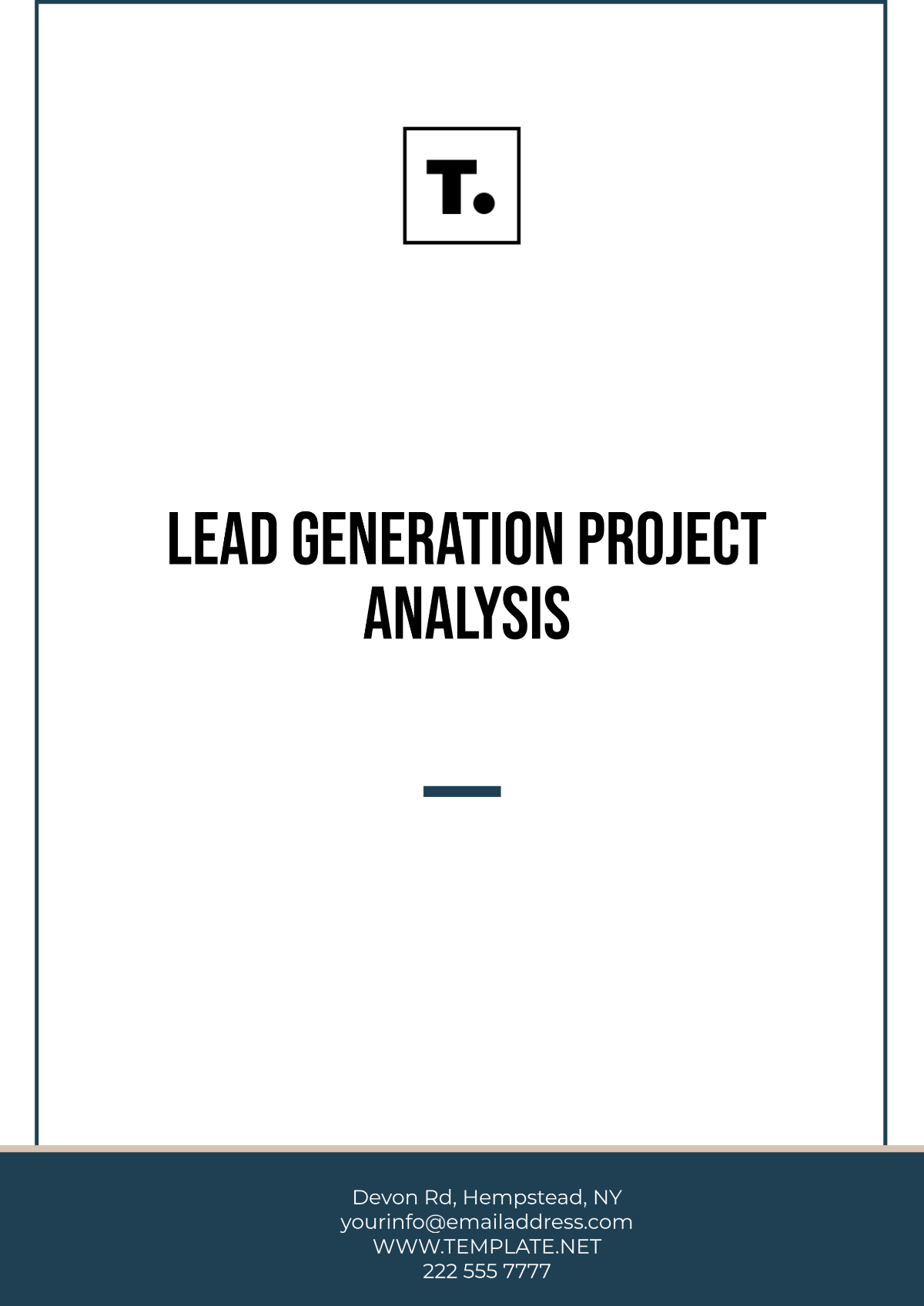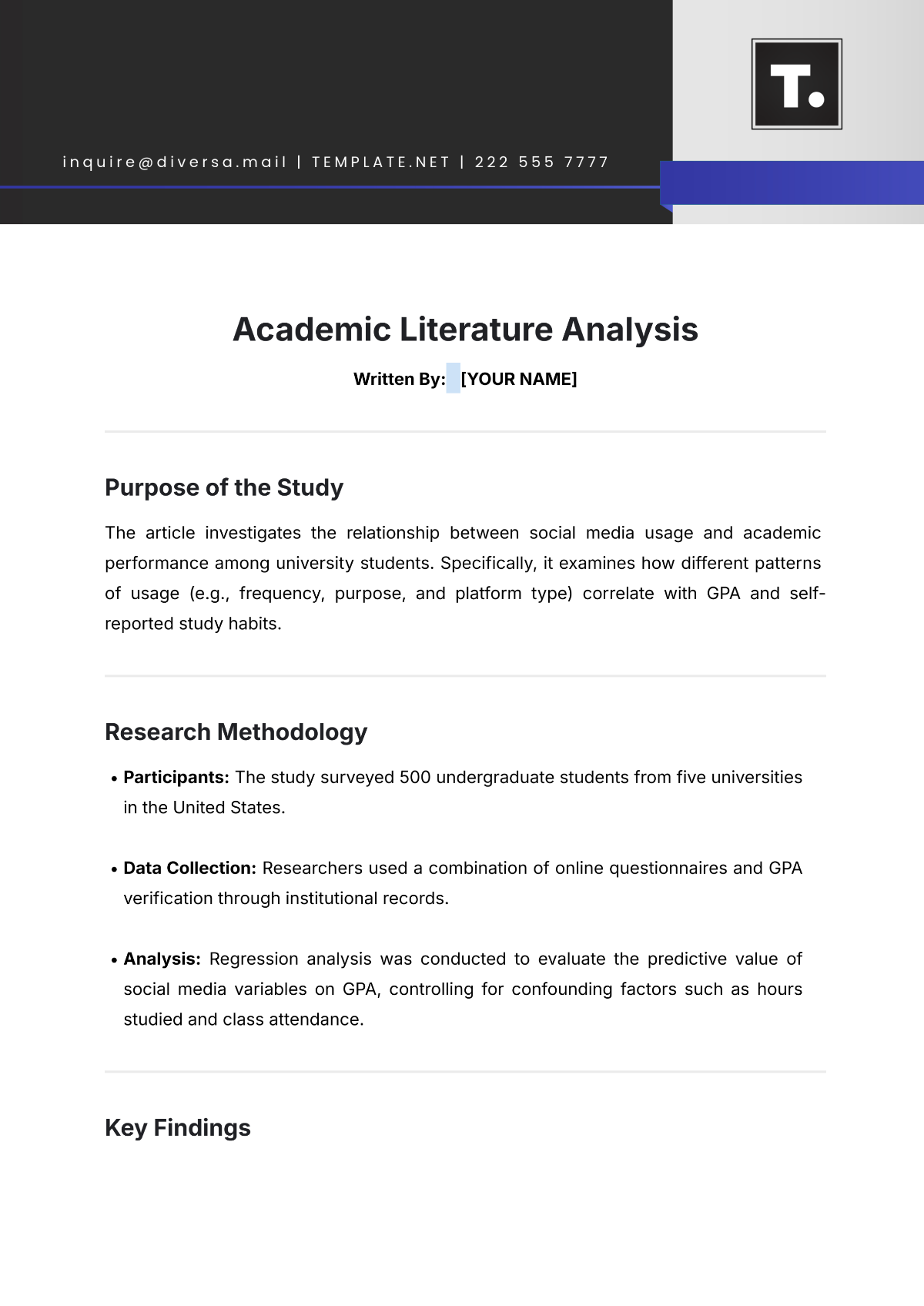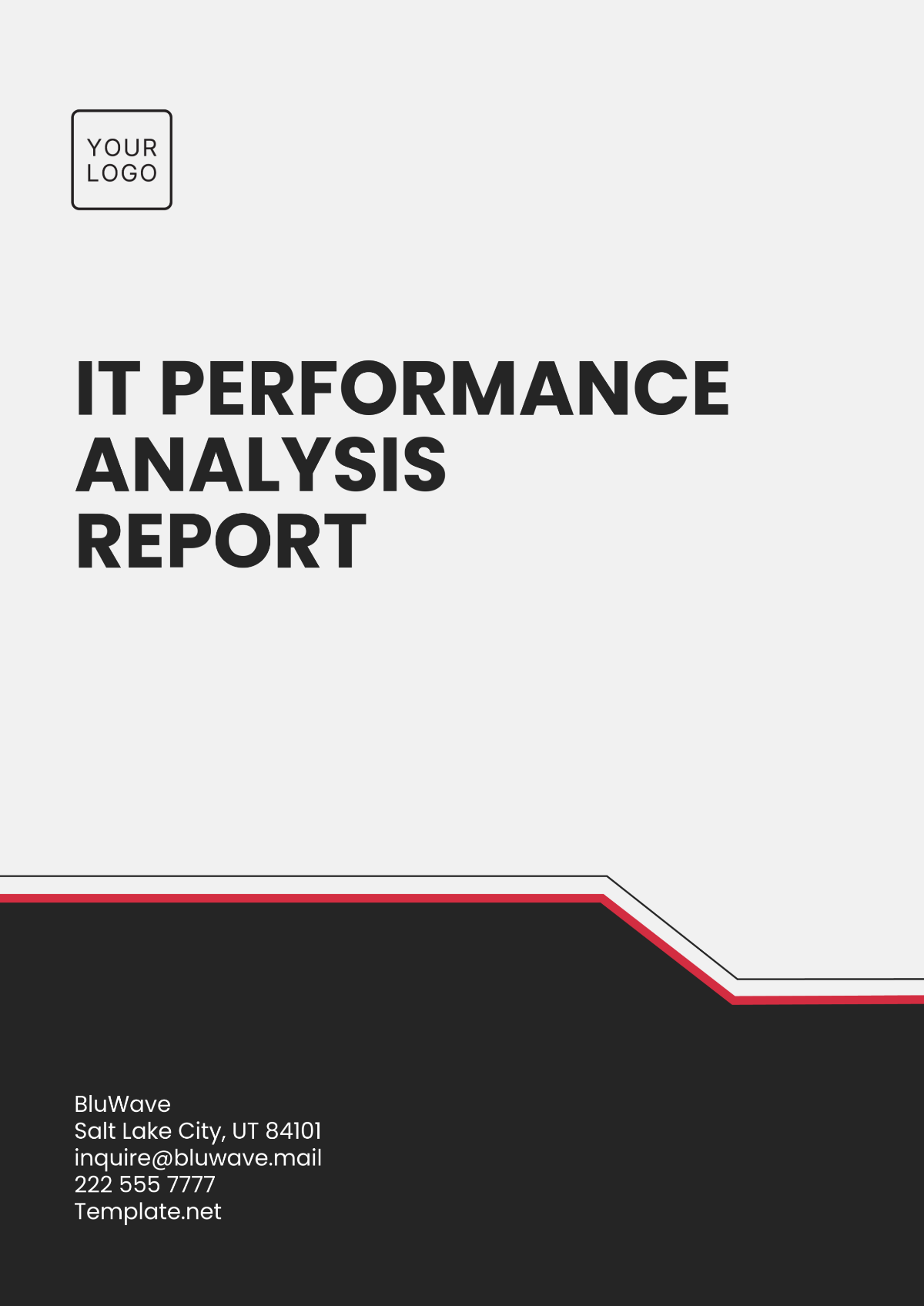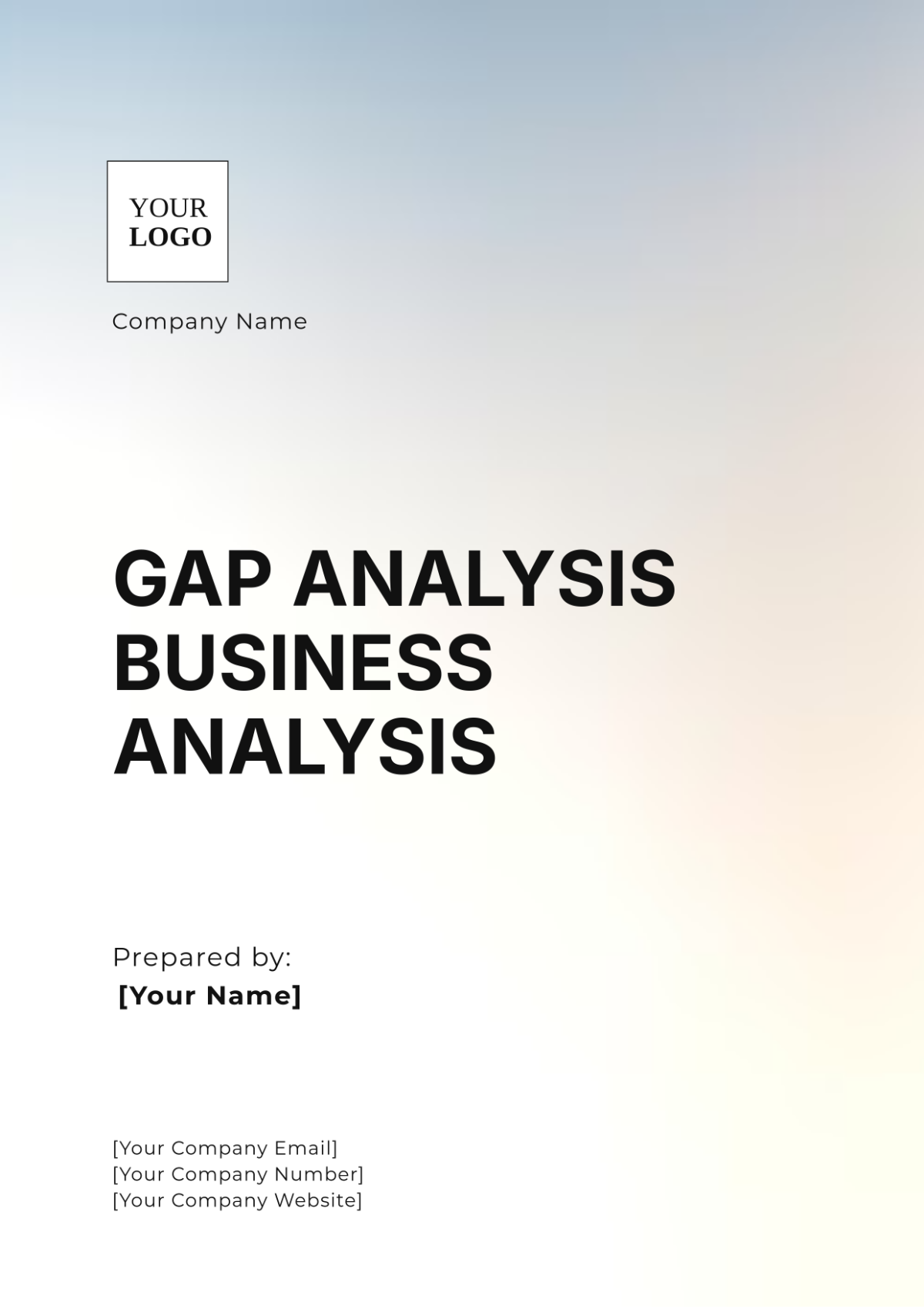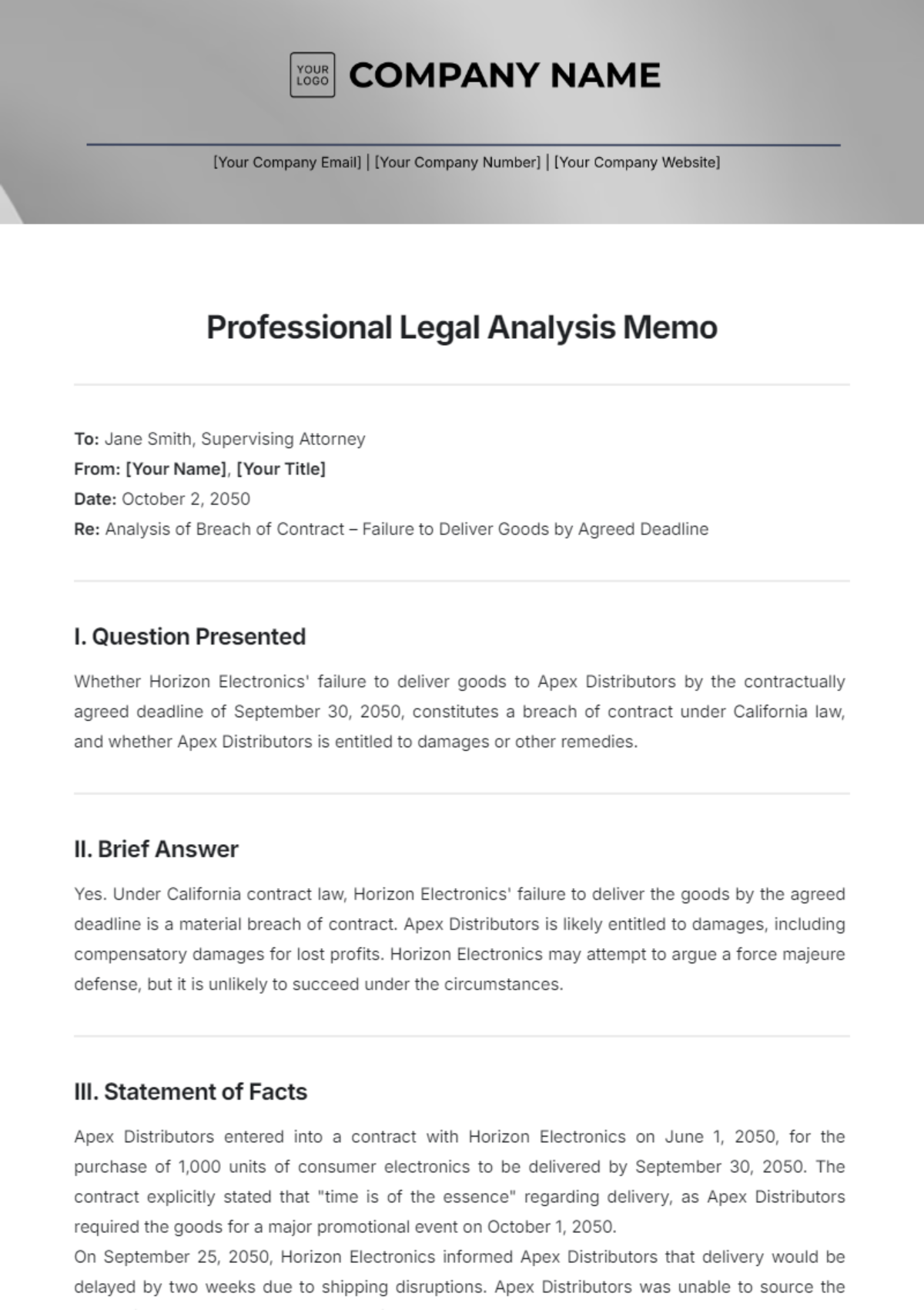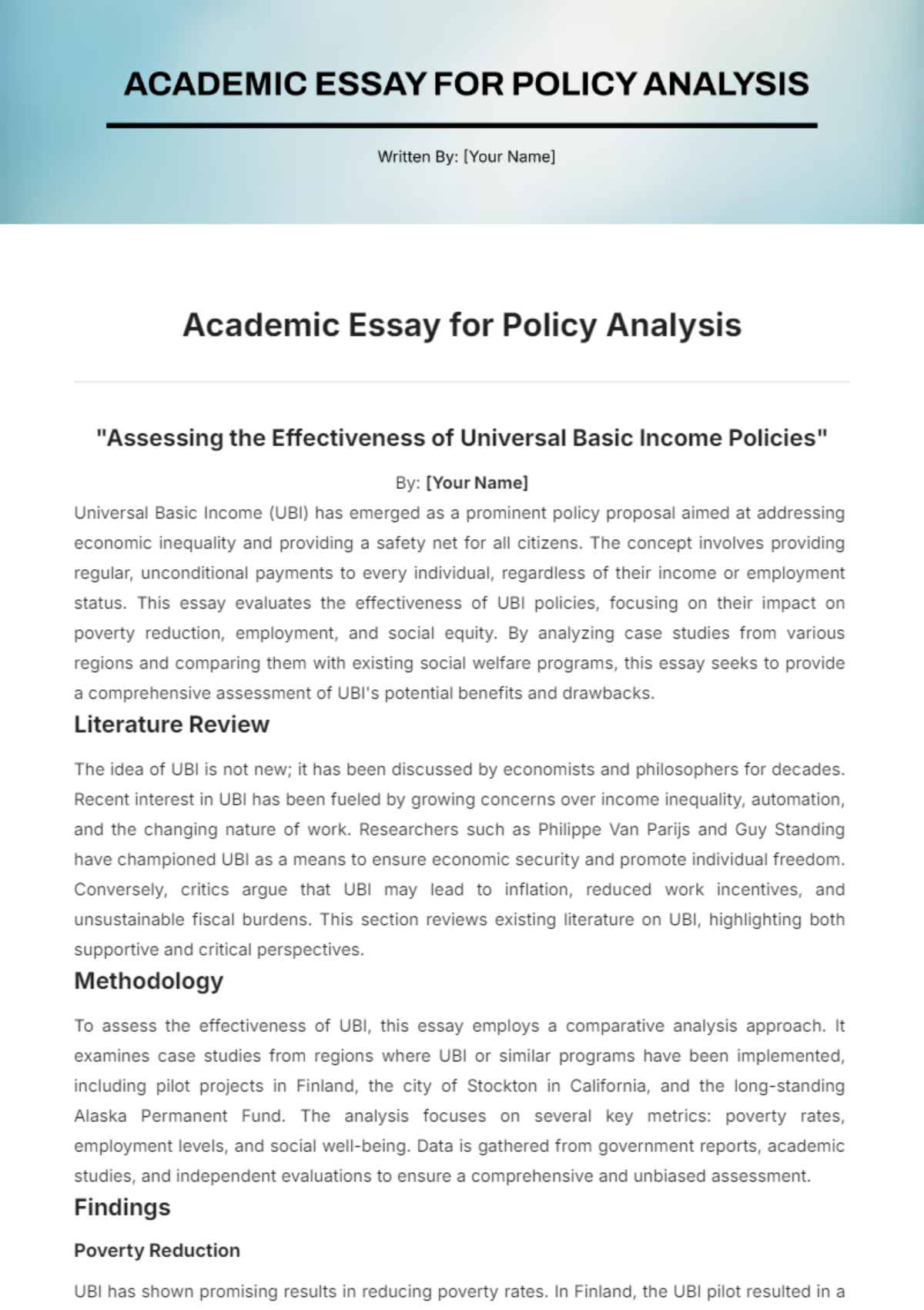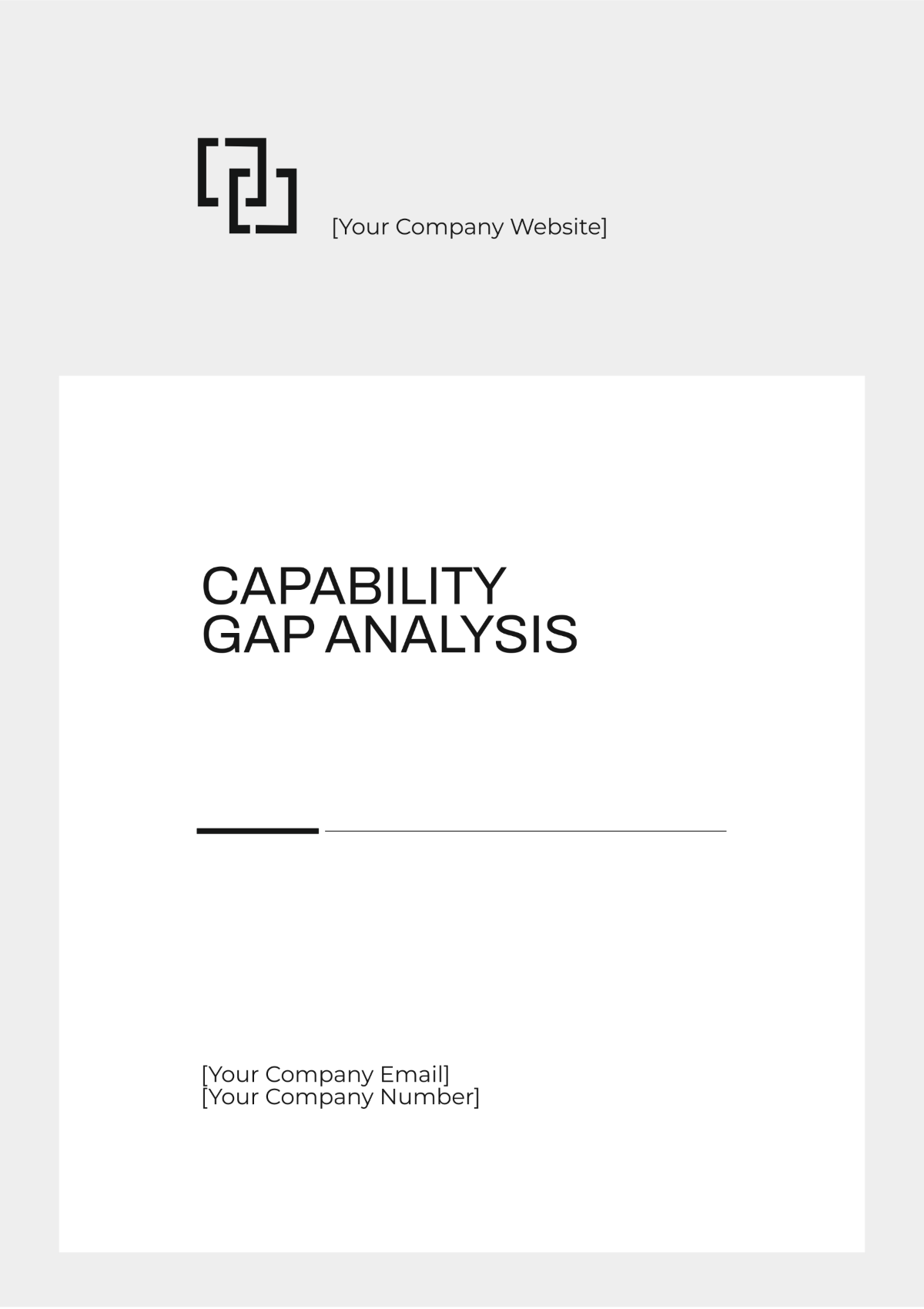Training Gap Analysis
Prepared By : | [Your Name] |
Company : | [Your Company Name] |
Address: | [Your Company Address] |
I. Executive Summary
The Executive Summary presents crucial findings and insights from the Training Gap Analysis, which identifies development needs by comparing current skills and performance to desired standards. These insights will inform the development of targeted training programs aimed at closing these gaps, boosting employee performance and organizational efficiency.
II. Background and Objectives
A. Background Information
Understanding the foundational elements is critical for a meaningful analysis. This section details the current employee profile, organizational goals, and prevailing industry standards. This context provides a baseline for evaluating existing competencies against required skills.
Employee Profile: Overview of the workforce demographics, current skill sets, and roles.
Organizational Goals: Insight into strategic business objectives and long-term vision.
Industry Standards: Benchmarking against industry norms and best practices to ensure competitive performance.
B. Objectives
The objectives of the Training Gap Analysis are:
Identify Key Skills and Knowledge Lacking in Employees:
Pinpoint specific areas where employees' skills do not meet the organizational requirements.
Align Training Programs with Strategic Business Goals:
Ensure that training initiatives are directly contributing to the achievement of business objectives.
Enhance Productivity and Reduce Skill Redundancy:
Improve overall efficiency by addressing skill deficits and minimizing redundant skills.
III. Methodology
A. Data Collection
A multi-faceted approach was adopted to gather comprehensive data:
Surveys: Distributed to employees to self-assess their skills and identify perceived gaps.
Performance Reviews: Analysis of past performance reviews to identify consistent areas needing improvement.
Role-Specific Assessments: Targeted assessments tailored to specific job roles to evaluate technical and functional competencies.
B. Data Analysis
Data analysis involved both quantitative and qualitative methods to ensure a thorough evaluation:
Quantitative Analysis: Statistical analysis of survey results and performance metrics.
Qualitative Analysis: In-depth review of open-ended survey responses and performance review comments to identify recurring themes and insights.
IV. Findings
A. Skill Gaps Identified
The analysis revealed significant skill gaps in the following areas:
Technical Skills Required for Upcoming Projects: Specific technical competencies needed to support future projects and technological advancements.
Leadership Skills for Mid-Level Management: Deficiencies in managerial and leadership abilities among mid-level managers.
Cross-Functional Team Collaboration Techniques: Lack of effective collaboration skills necessary for cross-departmental projects and initiatives.
B. Performance Discrepancies
This section highlights the disparities between current performance levels and the expected standards:
Comparison of Current and Expected Performance Levels: Detailed comparison of performance metrics across various teams, identifying areas with significant shortfalls.
V. Recommendations
A. Immediate Training Programs
To address the identified gaps, the following immediate training programs are recommended:
Customized Technical Training Sessions: Tailored sessions focusing on the specific technical skills needed for upcoming projects.
Leadership Workshops for Potential Managers: Intensive workshops aimed at developing leadership competencies among emerging managers.
B. Long-Term Development Programs
For sustained development, the following long-term programs are suggested:
Annual Cross-Functional Training: Regular training programs to foster better collaboration across different functional areas.
Continuous Learning & Development (L&D) Initiatives: Ongoing L&D programs to ensure continuous skill enhancement and adaptation to industry changes.
VI. Implementation Plan
A. Timeline
Quarter | Activities |
|---|---|
Q1 2054 | - Launch customized technical training sessions. - Develop training materials and resources. |
Q2 2054 | - Initiate leadership workshops. - Conduct initial feedback sessions for technical training. |
Q3 2054 | - Begin annual cross-functional training sessions. - Implement continuous L&D initiatives. - Monitor and evaluate leadership workshops' impact. |
Q4 2054 | - Continue cross-functional training sessions. - Finalize annual review of training programs. - Plan for next year's training schedule based on feedback. |
B. Budget Allocation
Training Program | Budget | Details |
|---|---|---|
Technical Training Sessions | $15,000 | - Training materials: $3,000 - Instructor fees: $10,000 - Venue and logistics: $2,000 |
Leadership Workshops | $10,000 | - Workshop materials: $2,000 - Facilitator fees: $6,000 - Venue and refreshments: $2,000 |
Cross-Functional Training and L&D Initiatives | $25,000 | - Training modules: $5,000 - Ongoing coaching and mentoring: $10,000 - E-learning platforms and tools: $7,000 - Evaluation and assessment: $3,000 |
VII. Conclusion
This report underscores the importance of continuous employee development through targeted training programs. Implementing these recommendations will not only bridge the identified skill gaps but also position [Your Company Name] to maintain a competitive edge in the industry. By fostering a culture of continuous learning and development, we ensure our workforce remains agile, skilled, and ready to meet future challenges.















